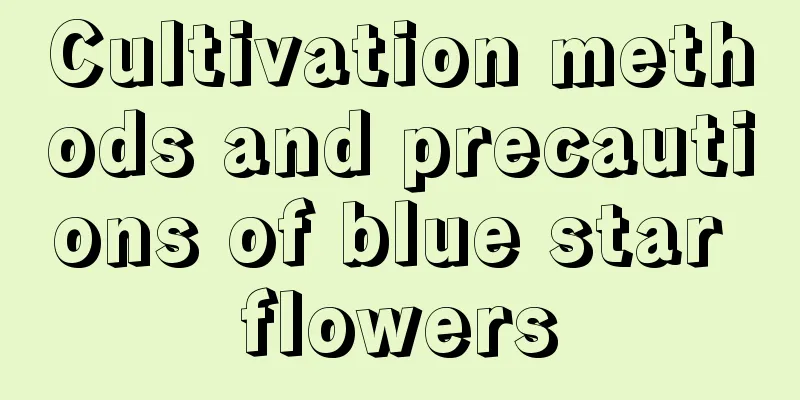Characteristics and cultivation methods of copper coin grass

|
The pennywort is a very lovely perennial wetland herb with round leaves that look like coins, symbolizing the coming of wealth. The pennywort is not only beautiful, but can also be used as medicine. It is very easy to cultivate. Let’s talk about the characteristics and cultivation methods of the pennywort. 1. Characteristics of coin grass 1. Pennywort is a creeping plant with well-developed underground stems, and new roots and leaves can grow at each node. 2. The leaves of the pennywort are round and kidney-shaped, about 3-8 cm in diameter, green on the surface, light green on the back, and have serrated edges. 3. The pennywort will bloom small yellow-green flowers in summer and autumn. The inflorescence is umbrella-shaped and grows in the axils of the stems. 4. The fruit of the pennywort is ring-shaped, about 2 mm in diameter, with a smooth or wrinkled surface, and is light yellow or dark purple in color. 2. Cultivation method of copper coin grass 1. Soil Pennywort likes loose, breathable and well-drained soil. It can be made by mixing leaf mold, garden soil, sandy soil, etc., and can be made by using a flower pot without drainage holes. 2. Light and temperature The pennywort prefers a semi-shaded and semi-sunny environment and needs 4-6 hours of scattered sunlight every day. Avoid direct sunlight in summer. The suitable temperature is 10-25℃, not exceeding 32℃ in summer and not lower than 5℃ in winter. 3. Watering and fertilizing The pennywort likes moisture and can be grown in half soil and half water. The soil should be kept moist, or always keep the upper half of the pot water and the lower half soil. In summer, you need to add more water and spray water on the leaves frequently to increase the air humidity. Apply liquid fertilizer every 2-3 weeks during the active growth period. 4. Propagation and pruning The pennywort can be propagated by division, cuttings or hydroponics. When dividing the plant, cut the rhizome into several sections and leave a few leaves. When cutting, insert the stem segment with roots into the soil and keep it moist. When hydroponically cultivating, place the stem segments with roots in clean water and change the water regularly. When pruning, remove yellow or overly dense leaves, and cut off stems that are too tall or too long. That’s it |
<<: How to plant potatoes, what base fertilizer is best
>>: What fertilizer is best for growing peanuts and how to fertilize it
Recommend
Cultivation methods and precautions of Photinia fraseri
1. Soil The soil suitable for the plant to grow i...
How to prepare nutrient soil for potted roses (can roses be planted directly with nutrient soil)
A netizen asked : How should I prepare the soil f...
Disease control of Jade Plant
anthrax Harm and symptoms: This disease mainly ha...
What should be paid attention to when cultivating and caring for the Weeping Guanyin in water? Advantages of hydroponics
1. What should I pay attention to when cultivatin...
How many years does it take for longan grapes to bear fruit?
Introduction to planting longan grapes Longyan gr...
Diseases and Pests of Aralia dasyphylla and Their Control
Diseases and Pests of Aralia dasyphylla and Their...
How to grow purple grass
1. Maintenance methods 1. Temperature: 20 to 30 d...
Advantages and disadvantages of fruit roses
Rose is the queen of flowers. Now, through the un...
What to do if the leaves of the swallowtail palm fall off
1. Reduce watering 1. Reasons Its leaves are very...
The difference between Areca palm and Coconut palm
1. Morphological characteristics Areca palm, also...
Can honeysuckle be exposed to the sun in summer? How to care for it in summer
1. Can honeysuckle be exposed to the sun in summe...
What to do if the buds of Kalanchoe wilt and shrink
1. Reasons 1. Inadequate fertilization After the ...
When is the best month to plant lettuce in the north? When and how to plant lettuce in the north
Lettuce is a common vegetable in daily life. If t...
What plants to put in the living room to bring wealth
1. Lucky Bamboo It is also known as "Ten Tho...
Is Schefflera a shade-loving or sun-loving plant?
Does Schefflera prefer shade or sun? Schefflera i...









